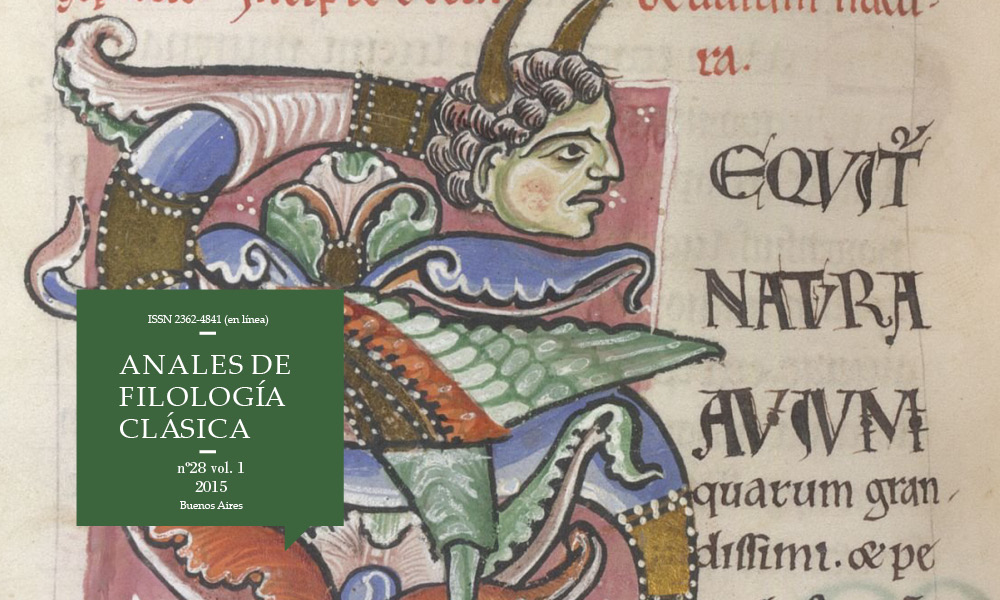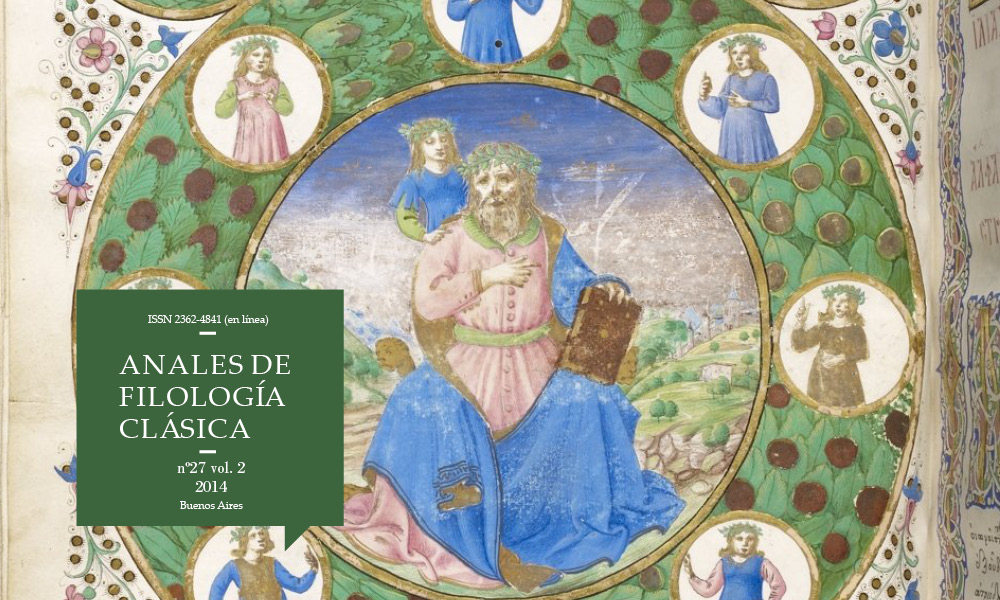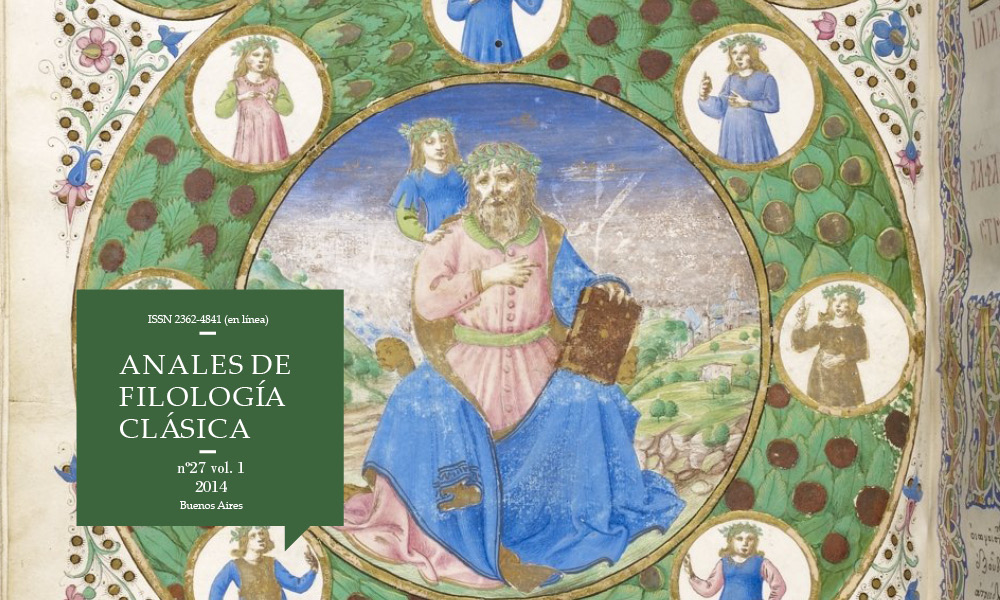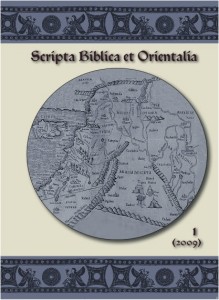Archaeoastronomy and Ancient Technologies
ISSN: 2310-2144
![]()
ISSN: 2310-2144
"Archaeoastronomy and Ancient Technologies" is international multidisciplinary scientific free online peer reviewed journal. It is dynamic platform for scientific publications and discussions of modern advances in archeology, archaeoastronomy and history of science. The journal increasingly used to target at professionals in the archaeology, astronomy and technologies, conducting research in the field of protoscience.
Archaeoastronomy and Ancient Technologies (AaATec)
Volume 1, Number 1, 2013
CD-ROMArchaeoastronomy and Ancient Technologies (AaATec)
Volume 1, Number 2, 2013
(edited by V.E. Larichev)
CD-ROMArchaeoastronomy and Ancient Technologies (AaATec)
Volume 2, Number 1, 2014
(edited by V.E. Larichev)
CD-ROMArchaeoastronomy and Ancient Technologies (AaATec)
Volume 2, Number 2, 2014
(edited by T.M. Potemkina)
CD-ROMArchaeoastronomy and Ancient Technologies (AaATec)
Volume 3, Number 1, 2015
(edited by T.M. Potemkina)
CD-ROMArchaeoastronomy and Ancient Technologies (AaATec)
Volume 3, Number 2, 2015
(edited by L.N. Vodolazhskaya)
CD-ROMArchaeoastronomy and Ancient Technologies (AaATec)
Volume 4, Number 1, 2016
(edited by L.N. Vodolazhskaya)

See AWOL's full List of Open Access Journals in Ancient Studies




















 Current Investigations into the Early Neolithic of the Zagros Foothills of Iraqi KurdistanTaken from The Archaeology of the Kurdistan Region of Iraq and Adjacent Regions by Roger Matthews, Wendy Matthews, Kamal Rasheed Raheem and Kamal Rauf Aziz. Pages 219-228.
Current Investigations into the Early Neolithic of the Zagros Foothills of Iraqi KurdistanTaken from The Archaeology of the Kurdistan Region of Iraq and Adjacent Regions by Roger Matthews, Wendy Matthews, Kamal Rasheed Raheem and Kamal Rauf Aziz. Pages 219-228. In the Neo-Assyrian Border March of the Palace Herald: Geophysical Survey and Salvage Excavations at Gird-i Bazar and Qalat-i Dinka (Peshdar Plain Project 2015)Taken from The Archaeology of the Kurdistan Region of Iraq and Adjacent Regions by Karen Radner, Andrei Ašandulesei, Jörg Fassbinder, Tina Greenfield, Jean-Jacques Herr, Janoscha Kreppner and Andrea Squitieri. Pages 353-367.
In the Neo-Assyrian Border March of the Palace Herald: Geophysical Survey and Salvage Excavations at Gird-i Bazar and Qalat-i Dinka (Peshdar Plain Project 2015)Taken from The Archaeology of the Kurdistan Region of Iraq and Adjacent Regions by Karen Radner, Andrei Ašandulesei, Jörg Fassbinder, Tina Greenfield, Jean-Jacques Herr, Janoscha Kreppner and Andrea Squitieri. Pages 353-367. Magnetic investigations in the Shahrizor Plain: Revealing the unseen in survey prospectionsTaken from The Archaeology of the Kurdistan Region of Iraq and Adjacent Regions by Simone Mühl and Jörg Fassbinder. Pages 241-248.
Magnetic investigations in the Shahrizor Plain: Revealing the unseen in survey prospectionsTaken from The Archaeology of the Kurdistan Region of Iraq and Adjacent Regions by Simone Mühl and Jörg Fassbinder. Pages 241-248. Palmyra, 30 Years of Syro-German/Austrian Archaeological Research (Homs)Taken from A History of Syria in One Hundred Sites by Andreas Schmidt-Colinet, Khaled al-As‘ad and Waleed al-As‘ad. Pages 339-348.
Palmyra, 30 Years of Syro-German/Austrian Archaeological Research (Homs)Taken from A History of Syria in One Hundred Sites by Andreas Schmidt-Colinet, Khaled al-As‘ad and Waleed al-As‘ad. Pages 339-348. Satu Qala: an Assessment of the Stratigraphy of the SiteTaken from The Archaeology of the Kurdistan Region of Iraq and Adjacent Regions by Cinzia Pappi. Pages 297-307.
Satu Qala: an Assessment of the Stratigraphy of the SiteTaken from The Archaeology of the Kurdistan Region of Iraq and Adjacent Regions by Cinzia Pappi. Pages 297-307. Tell el-Kerkh (Idlib)Taken from A History of Syria in One Hundred Sites by Akira Tsuneki. Pages 61-64.
Tell el-Kerkh (Idlib)Taken from A History of Syria in One Hundred Sites by Akira Tsuneki. Pages 61-64. Early Iron Age metal circulation in the Arabian Peninsula: the oasis of Tayma as part of a dynamic network (poster)Taken from Proceedings of the Seminar for Arabian Studies 46 (2016) by Martina Renzi, Andrea Intilia, Arnulf Hausleiter & Thilo Rehren. Pages 237-246.
Early Iron Age metal circulation in the Arabian Peninsula: the oasis of Tayma as part of a dynamic network (poster)Taken from Proceedings of the Seminar for Arabian Studies 46 (2016) by Martina Renzi, Andrea Intilia, Arnulf Hausleiter & Thilo Rehren. Pages 237-246. Iron Age metallurgy at Salūt (Sultanate of Oman): a preliminary note (poster)Taken from Proceedings of the Seminar for Arabian Studies 46 (2016) by Michele Degli Esposti, Martina Renzi & Thilo Rehren. Pages 81-88.
Iron Age metallurgy at Salūt (Sultanate of Oman): a preliminary note (poster)Taken from Proceedings of the Seminar for Arabian Studies 46 (2016) by Michele Degli Esposti, Martina Renzi & Thilo Rehren. Pages 81-88. The Crowded Desert: a multi-phase archaeological survey in the north-west of QatarTaken from Proceedings of the Seminar for Arabian Studies 46 (2016) by Jose C. Carvajal Lopez, Laura Morabito, Robert Carter, Richard Fletcher & Faisal Abdullah al-Naimi. Pages 45-62.ISBN 9781784913632.
The Crowded Desert: a multi-phase archaeological survey in the north-west of QatarTaken from Proceedings of the Seminar for Arabian Studies 46 (2016) by Jose C. Carvajal Lopez, Laura Morabito, Robert Carter, Richard Fletcher & Faisal Abdullah al-Naimi. Pages 45-62.ISBN 9781784913632.  Off the Beaten Track. Epigraphy at the BordersProceedings of 6th EAGLE International Event (24-25 September 2015, Bari, Italy) edited by Antonio E. Felle and Anita Rocco. vi+154 pages; illustrated throughout in colour and black & white.
Off the Beaten Track. Epigraphy at the BordersProceedings of 6th EAGLE International Event (24-25 September 2015, Bari, Italy) edited by Antonio E. Felle and Anita Rocco. vi+154 pages; illustrated throughout in colour and black & white.  Structured Deposition of Animal Remains in the Fertile Crescent during the Bronze Age by José Luis Ramos Soldado. vi+58 pages; illustrated throughout in colour and black & white. Access Archaeology . ISBN 9781784912697.
Structured Deposition of Animal Remains in the Fertile Crescent during the Bronze Age by José Luis Ramos Soldado. vi+58 pages; illustrated throughout in colour and black & white. Access Archaeology . ISBN 9781784912697.  Proceedings of ArcheoFOSSFree, libre and open source software e open format nei processi di ricerca archeologica: VIII Edizione Catania 2013 edited by Filippo Stanco e Giovanni Gallo. viii+274 pages. Illustrated throughout in black & white. Papers in Italian with English Abstracts.
Proceedings of ArcheoFOSSFree, libre and open source software e open format nei processi di ricerca archeologica: VIII Edizione Catania 2013 edited by Filippo Stanco e Giovanni Gallo. viii+274 pages. Illustrated throughout in black & white. Papers in Italian with English Abstracts.  About the Oldest Known Christian Buildings in the Extreme South of LusitaniaThe Case of Quinta De Marim (Olhão, Algarve, Portugal) by Carlos Pereira. iii+23 pages; 8 plates, 2 in colour.ISBN 9781784912284.
About the Oldest Known Christian Buildings in the Extreme South of LusitaniaThe Case of Quinta De Marim (Olhão, Algarve, Portugal) by Carlos Pereira. iii+23 pages; 8 plates, 2 in colour.ISBN 9781784912284.  The Roman Necropolis of Algarve (Portugal)About the Spaces of Death in the South of Lusitania by Carlos Pereira. iv+21 pages; 8 plates, 6 in colour.ISBN 9781784912277.
The Roman Necropolis of Algarve (Portugal)About the Spaces of Death in the South of Lusitania by Carlos Pereira. iv+21 pages; 8 plates, 6 in colour.ISBN 9781784912277.  Best Practices of GeoInformatic Technologies for the Mapping of Archaeolandscapes edited by Apostolos Sarris. iv+269 pages; illustrated throughout in colour and black & white.ISBN 9781784911638.
Best Practices of GeoInformatic Technologies for the Mapping of Archaeolandscapes edited by Apostolos Sarris. iv+269 pages; illustrated throughout in colour and black & white.ISBN 9781784911638. 





























